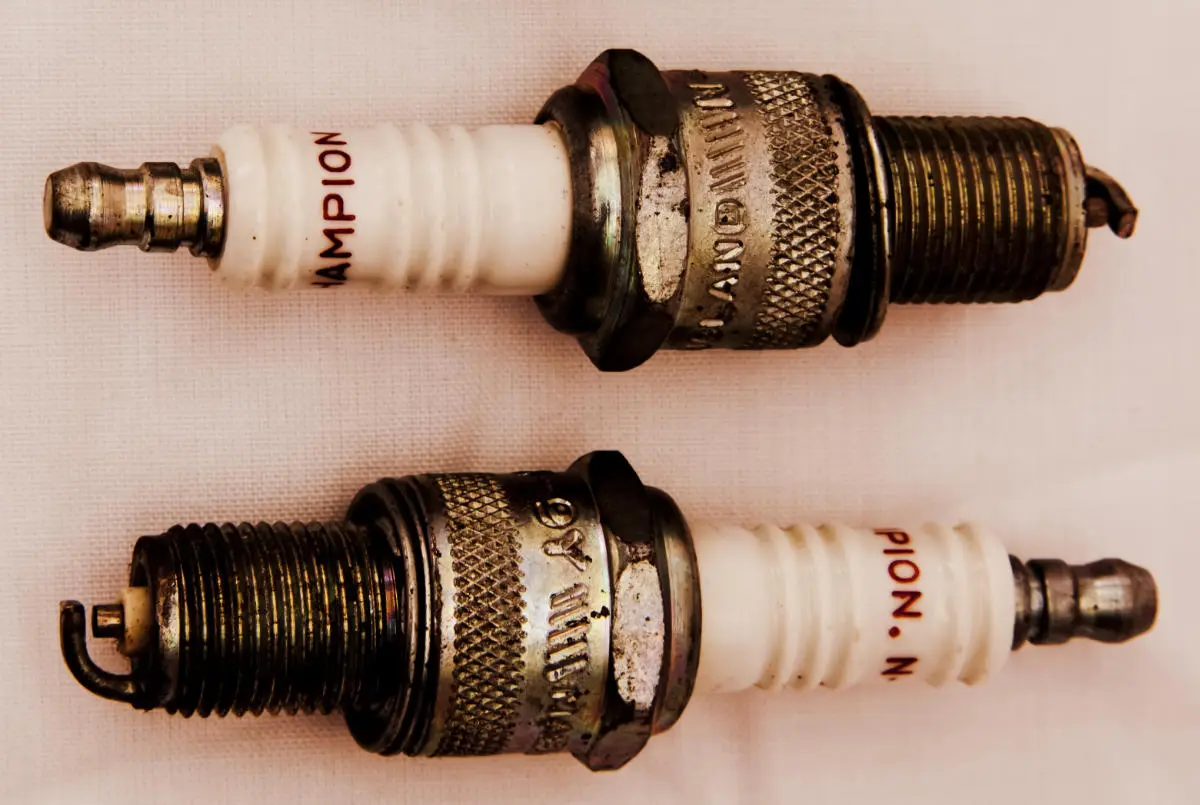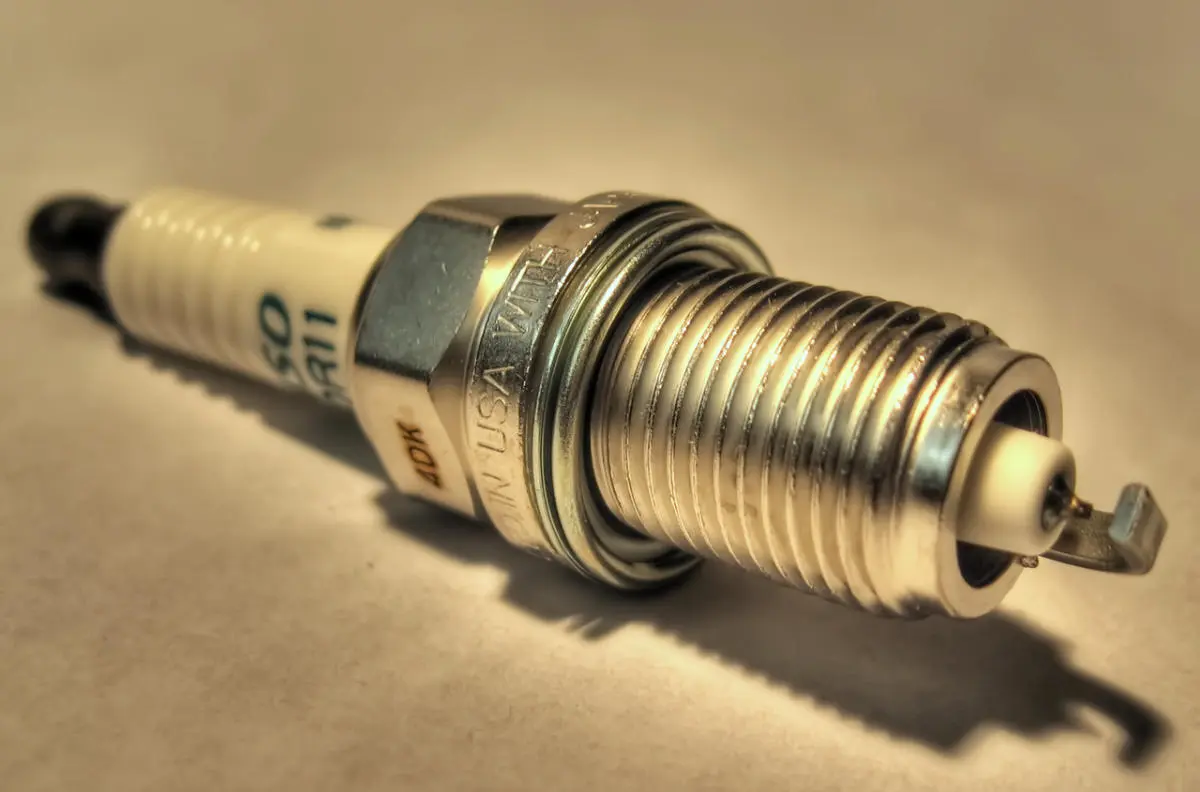What Is a Spark Plug? And What Is the History Behind It?
What is a spark plug? Discover spark plugs' background, applications, and significance in automobile engineering.

A spark plug is a component that ignites the air/fuel mixture in an internal combustion engine. It accomplishes this using an electrical current crossing an air gap between two electrodes, causing a spark.
In other words, spark plugs are crucial in keeping your engine running. The air/fuel mixture cannot ignite without a spark, halting the engine. It is essential to acknowledge the three fundamental things a gasoline-powered internal combustion engine needs to run: Air, fuel, and spark.
However, knowing the answer to "what is a spark plug" is only part of the story. Let's go in-depth about the history of spark plugs, their usage and innovation, and potential alternatives.
Who Invented and Introduced the Spark Plug?
Perhaps surprisingly, there is no clear answer to who invented the spark plug. Some sources point to a man by the name of Edmund Berger.
Berger was an African who immigrated to France and supposedly invented the spark plug in 1839. However, it is essential to note that the internal combustion engine emerged in 1860, years after the supposed original spark plug.
Because Berger never patented his invention, it is unclear if it existed. If it did, many historians believe it would not resemble modern spark plugs and would most likely have been experimental. Also, it preceded the internal combustion engine, so the plug itself could not have been designed for engines as we understand them.

As we understand them today, Spark plugs were invented by German engineers Gottlob Holnold and Robert Bosch in 1901 and patented in 1902. However, others also had a hand in developing the spark plug over the years.
What Was the First Engine with Spark Plugs?
The first internal combustion engine was invented in 1860 by Jean Joseph Etienne Lenoir, a Belgian-French engineer. This engine included spark plugs, powering a single-cylinder, three-wheeled vehicle that could move up to 2 miles per hour. While this sounds incredibly slow, it was quite a feat then.
This is arguably the very first engine with spark plugs, at least that we know of, because it is the first known internal combustion engine, and Lenoir held patents for the engine itself and the spark ignition system. Moving on, all internal combustion engines had spark plugs because the very design of the engine itself necessitated the presence of spark plugs.
How Have Spark Plugs Evolved?
While the spark plug's function has stayed consistent, engineers have introduced other innovations.
Spark plugs, as mentioned above, use electrodes. Initially, these electrodes were made of nickel. However, they were not very efficient or long-lasting, needing to be replaced around every 1,000 miles.
Additionally, the pioneers created the original spark plugs for low-powered engines that operated with little compression and much slower speeds than modern vehicles. They were simply not designed to handle the conditions we regularly expect spark plugs to excel in today.

Over time, engineers used other materials, copper, platinum, and iridium. These different alloys have enabled greater efficiency and longevity of spark plugs compared to the original design.
For example, copper electrodes were commonly used in older cars (think before 1980). Typically, only the electrode's center was copper, and the surrounding material was nickel because the copper would otherwise melt due to the high temperatures generated while running the engine. Copper spark plugs were also less efficient, requiring more voltage to produce a spark than other materials did.
Another innovation came with platinum spark plugs that last up to 100,000 miles and are much more durable than their copper counterparts. While platinum spark plugs are still used and not obsolete, iridium spark plugs are a further upgrade. Iridium spark plugs are tougher than platinum plugs and much more effective. They typically result in better, or more complete, combustion than other spark plug types.
Along with these improvements in electrode, construction has also come with insulator and thermal conductivity enhancements. Without going deeply into the science behind this, it can be described as engineering advancements leading to better materials being used. Not only on the electrodes but the entire spark plug in ways that only increase the plugs' lifespan, durability, and efficiency.
What Are the Alternatives to Spark Plugs?
If talking about a gasoline-powered internal combustion engine, there are no alternatives to spark plugs. They are vital for the engine to run at all because the spark created by the plug is the thing that ignites the air/fuel mixture.
However, there is research into alternatives - one such project involved using lasers. Laser spark plugs were designed and used to power an engine successfully. The engineers explained that lasers do not need an electrode protruding out, leaving more space in the combustion chamber. Engineers can use several laser beams at once to result in more complete combustion.
While laser spark plugs sound interesting and could indeed be something that is more widely used in the future, as of right now, we are limited to traditional spark plugs, at least for gasoline-powered engines. On the other hand, diesel engines do not use spark plugs. Instead, they use something called a glow plug.

Glowplugs do not fire the entire time a diesel engine is running. Instead, they are only used during ignition. Diesel engines can get away without spark plugs because diesel fuel requires lower temperatures for ignition than gasoline, so the engine uses only compression, and the glowplugs (which contain a heating element at their tip) ignite the air/fuel mixture.
How Do Glowplugs Differ From Spark Plugs?
There are several differences between glowplugs and spark plugs:
- Gas-powered internal combustion engines require spark plugs, while diesel engines require glow plugs.
- Spark plugs operate the entire time the engine is running, while glow plugs are only needed during the initial ignition process.
- Spark plugs use electricity to create a spark and ignite the air/fuel mixture, while the glowplugs heat up and thus provide heat to the compressed air/fuel mixture, which then ignites.
- Spark plugs are necessary for a gas-powered vehicle, while diesel engines can start even without functioning glowplugs if the outside temperatures are high enough.
Do Electric Vehicles Use Spark Plugs?
Electric vehicles like diesel cars have no use for spark plugs, but for different reasons.
While a fully electric car resembles gas-powered cars, it lacks an internal combustion engine. Instead, it relies on batteries to function, removing the need for spark plugs and all other components that make up the engine.
It is important to note that hybrid vehicles still maintain an internal combustion engine and, therefore, will utilize spark plugs when the engine, as opposed to an electric motor, is being used.
Summary
The question "what is a spark plug?" can be answered by simply stating that it is part of a vehicle's engine that keeps it running, but there is much more to the story. Spark plugs have been around since the middle 1800s but do not appear to have reached their modern design until at least 1901. Moreover, this design has not spelled the end of the spark plug's journey.
Engineering research and innovations have led to using different materials for spark plugs and improving their overall construction to make modern spark plugs much better than their original counterparts. For instance, these improvements have quite literally extended the lifespan of a spark plug from around 1,000 miles to over 100,000 miles.
Today, the spark plug is still the only option for an internal combustion engine that runs on gasoline. However, you can buy plenty of variations in the types (for example, copper, platinum, and iridium spark plugs). Furthermore, there is research on alternatives to the spark plug, including laser plugs. Laser plugs have been used successfully in an experimental manner.
While no alternatives are fresh on the market for gasoline engines, other engines do not use spark plugs at all. Diesel engines do not require spark plugs because diesel fuel can ignite at lower temperatures than gasoline. Diesel engines thus use glowplugs that help heat the air/fuel mixture, which ignites with compression alone and only needs glowplug assistance during the vehicle's starting, and not continuous operation like spark plugs used the whole time the engine is running.
Hybrid vehicles still rely on spark plugs for the engine portion of the car. Fully electric vehicles, on the other hand, can operate without any plug whatsoever because these vehicles have no combustion engine, using battery power instead.
Also read

